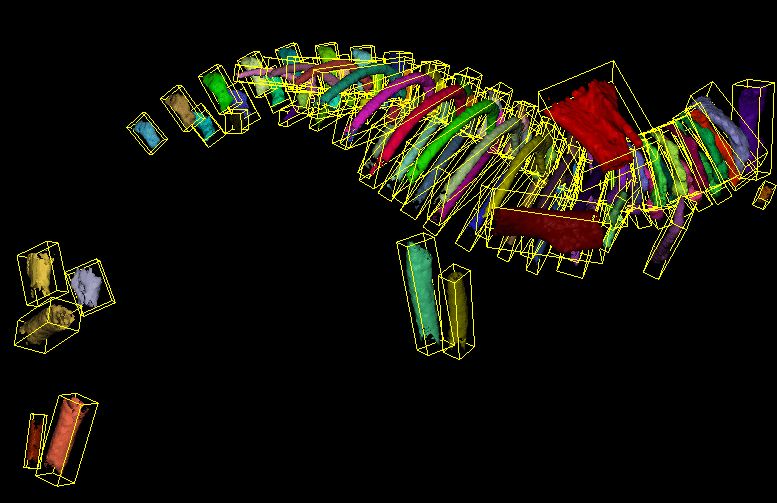ARMI scientists combine innovative technologies to improve image analysis
ARMI scientists have developed a new method to obtain specific bone measurements from imaging scans, potentially enhancing accuracy and efficiency for developmental biologists and evolutionary researchers in the field. The work, led by ARMI group leader Alberto Roselló-Díez, was recently published in Frontiers in Cell and Developmental Biology.
“We have developed a user-friendly semi-automatic method to obtain bone-length measurements from whole-body micro-CT scans in mice. It has certainly revolutionised our research in terms of speed and reproducibility as compared to traditional methods, and we hope that it will be helpful for many other researchers,” commented Alberto.

The publication outlines a workflow to characterise long-bone length using X-ray microtomography (XMT), combining cutting-edge imaging technologies and computer programming. The method can also measure intervertebral distance, which the authors are already working on as part of a collaboration with the McGlinn group at ARMI.
Alberto explains, “The pipeline involves semi-automated algorithms and a 3D-model generation of the main limb bones. Our tests showed that with the appropriate combination of scanning conditions and analysis parameters, we could quickly get results that are highly correlated with the measurements obtained with the so-called classic skeletal preparations.”
“It has certainly revolutionised our research in terms of speed and reproducibility as compared to traditional methods, and we hope that it will be helpful for many other researchers.”
Measuring skeletons is a cornerstone of developmental studies, whether these studies are investigating limb patterning and growth or generating new disease models. Traditional methods rely on ex vivo skeletal preparations (differential staining of bone and cartilage) and then 2D imaging for analysis. Unfortunately, this method is destructive (samples cannot be used for histology or other applications), time-consuming (involving lengthy staining and damage-prone dissection), and can be inconsistent (accurate measurements depend heavily on the position of the imaged sample).
“Our new pipeline addresses these weaknesses,” said Alberto. “The major advantages of this new method is that it gives us a fast and robust characterisation of long-bone length and uses XMT, which is non-destructive, meaning that the samples can be used afterwards for histology or other applications.”
“It is exciting to combine different emerging technologies to improve and accelerate the work we and many others do in the lab.”
The paper was spearheaded by Santiago Beltran Diaz, a very talented student from the Undergraduate Research Opportunities Program, and completed by Dr Chee Ho H’ng in the Roselló-Díez Group. It also involved collaborating with Dr Michael Doube from the City University of Hong Kong, Dr Michael de Veer from Monash Biomedical Imaging and Dr Olga Panagiotopoulou from the Monash Biomedicine Discovery Institute.
Alberto, his research team and his collaborators are now looking to expand their pipeline to include shape distortion, to enable the study of mutations that affect bone development, and similarly measure the width of bones. Moreover, they have already collected enough scans to provide a training set for a fully automatised deep learning approach, which they hope to develop in the near future.
“It is exciting to combine different emerging technologies to improve and accelerate the work we and many others do in the lab.”
More information
